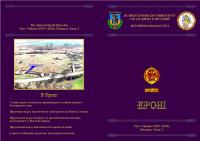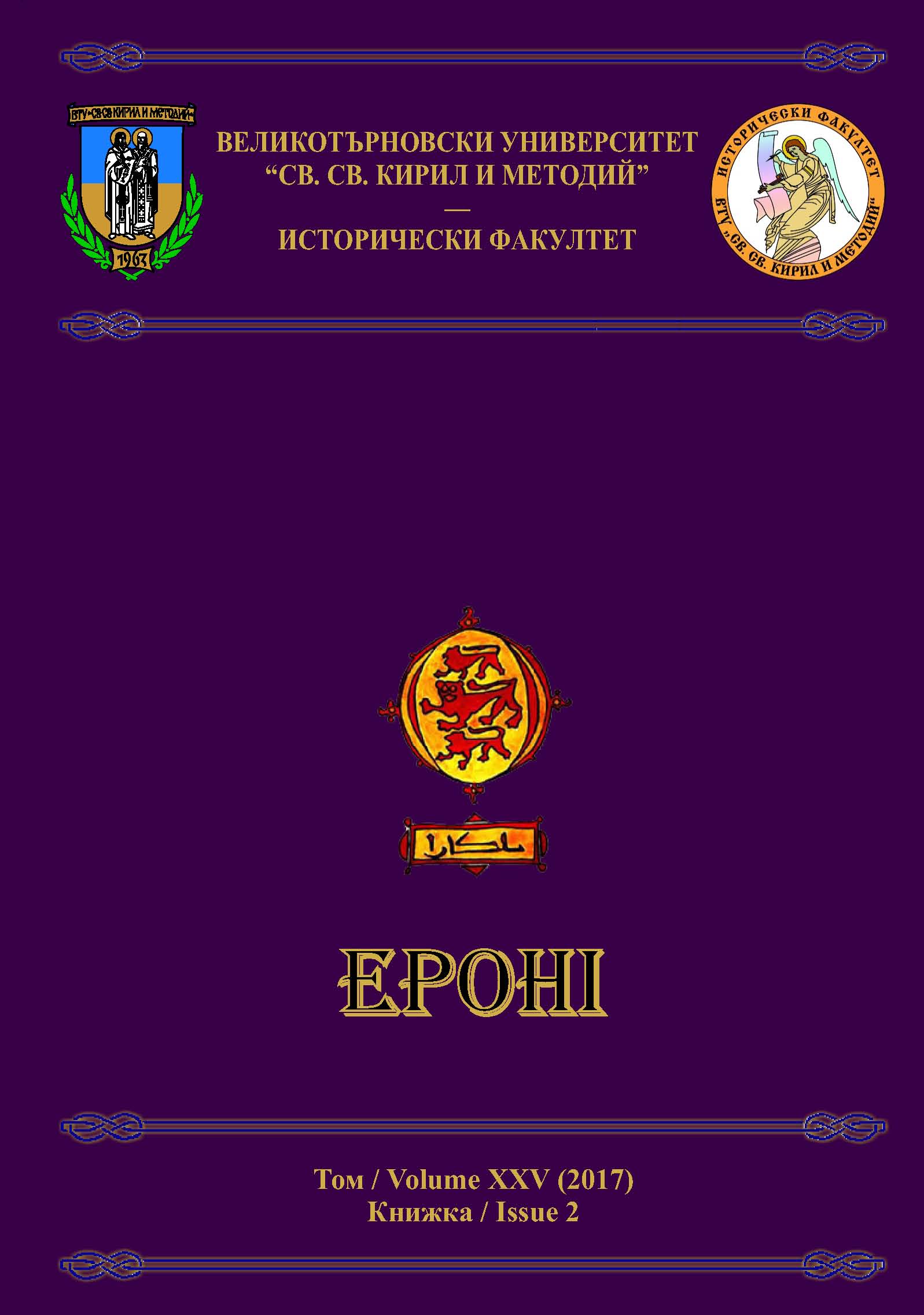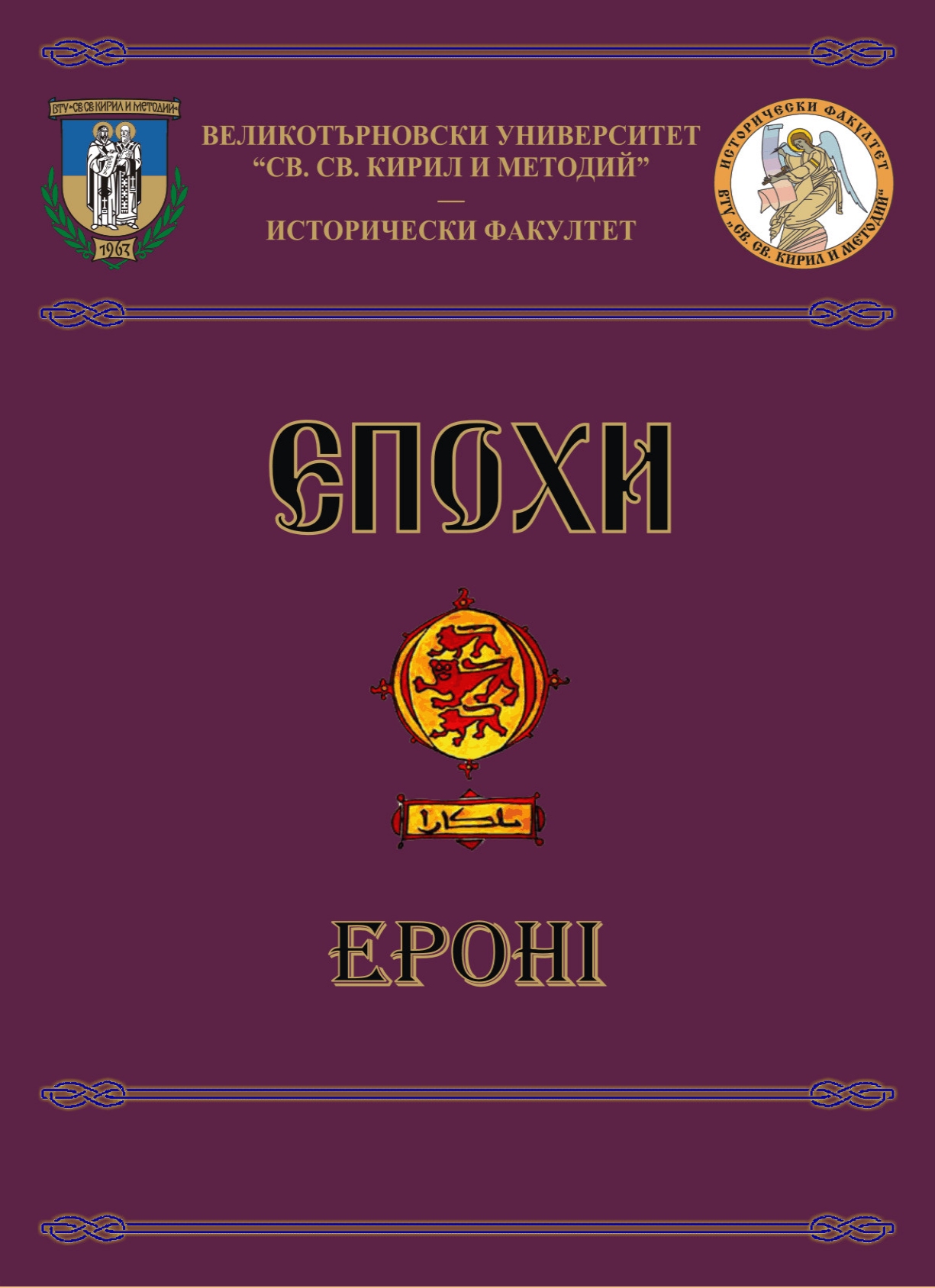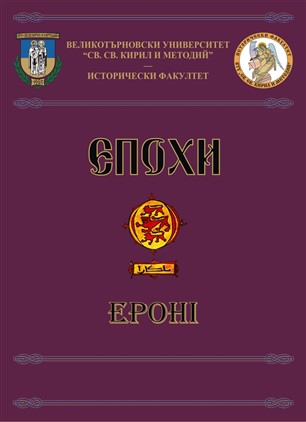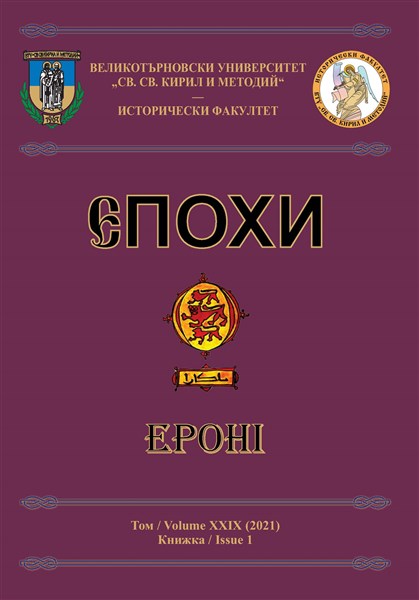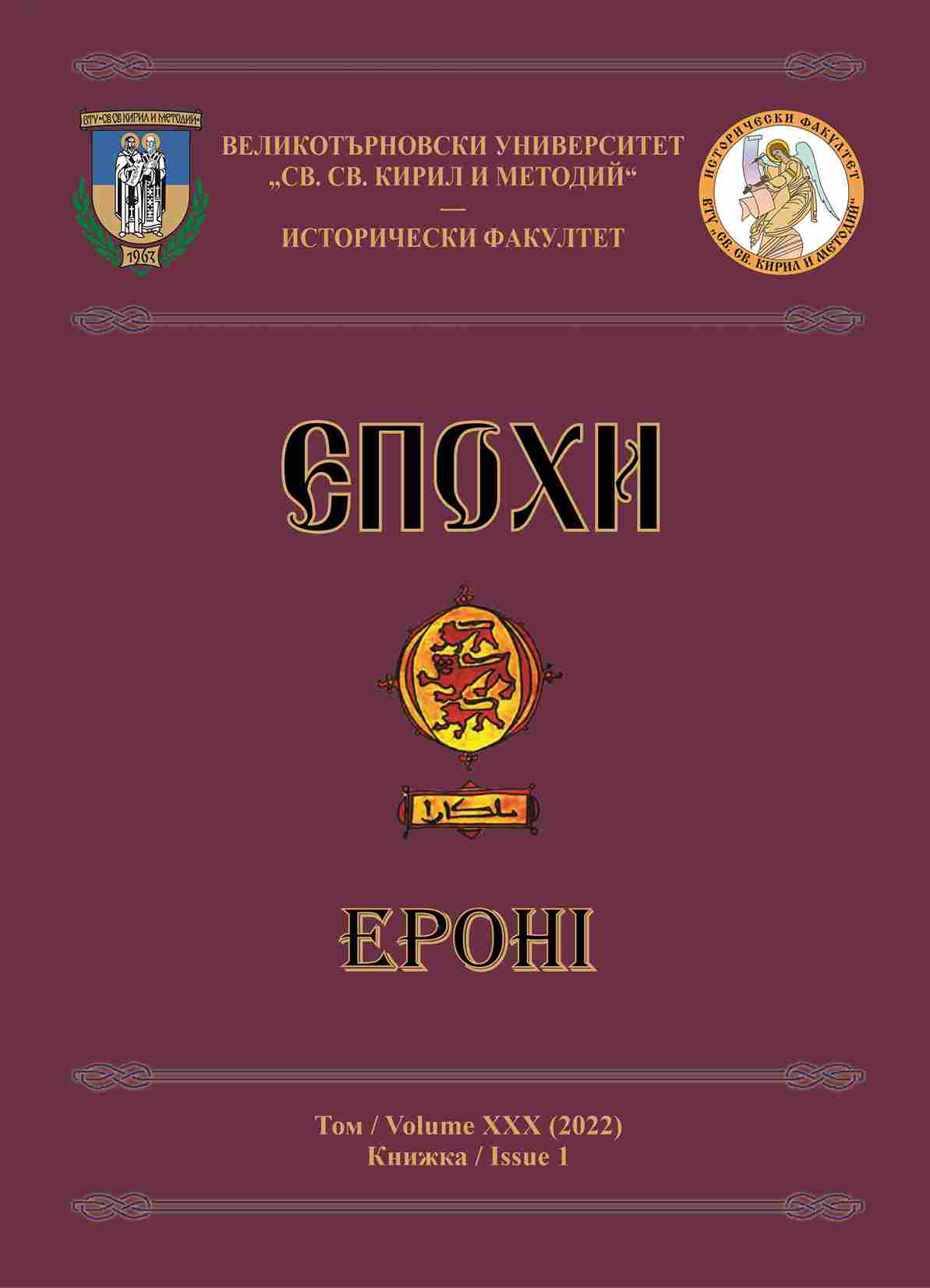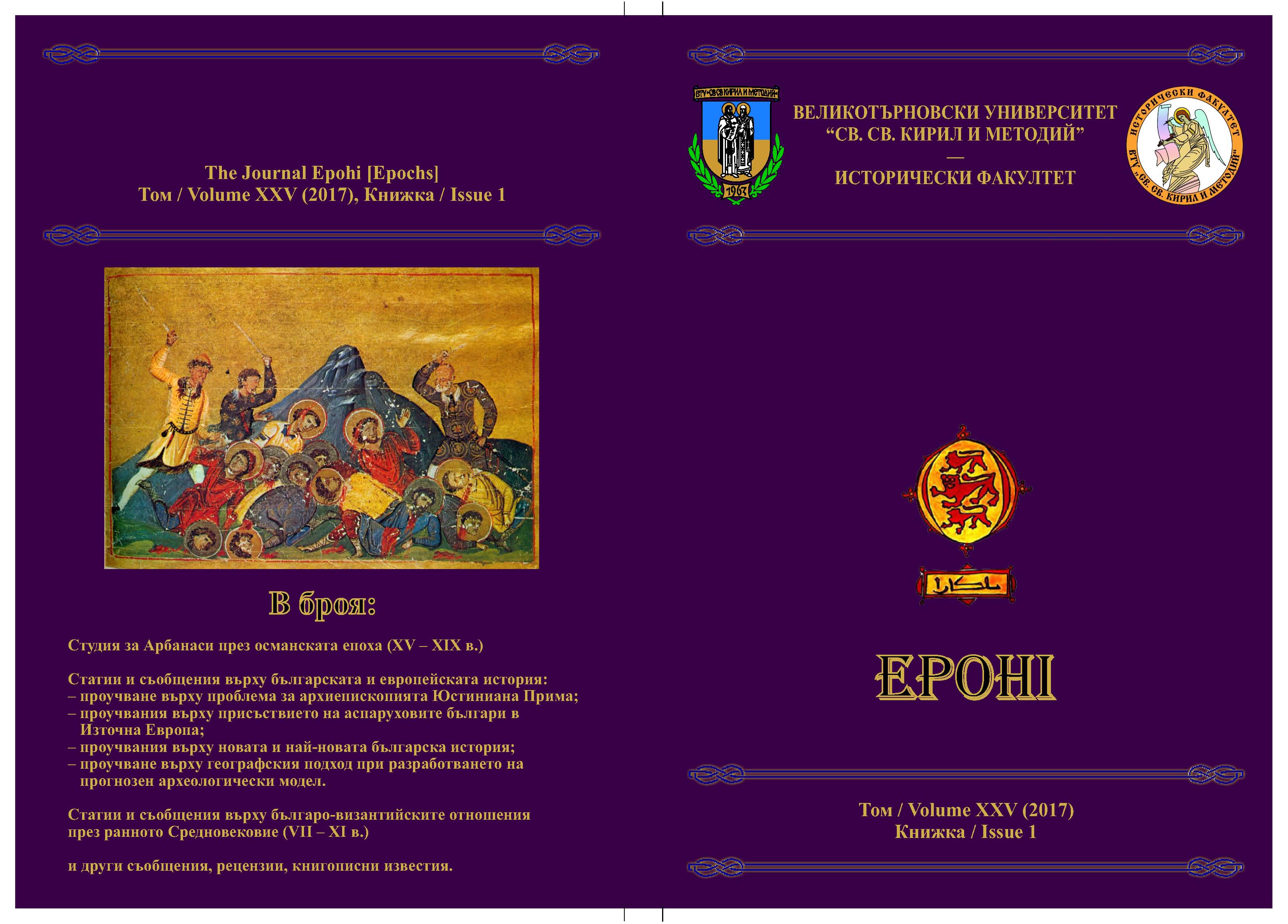
ИЗБОРИ И ПРЕСТЪПЛЕНИЯ ВЪВ ВОТА ЗА ШЕСТОТО ВЕЛИКО НАРОДНО СЪБРАНИЕ ПРЕЗ 1946 г.
In the fall of 1946 in Bulgaria are held the elections for the Sixth Grand National Assembly. In his vote are fighting government of the Fatherland Front and the opposition grouped around BANU “Nikola Petkov” and Bulgarian Workers’ Social Democratic Party (United). The political campaign is replete with numerous violations – creating unfair conditions for electoral competition, threats, violence, replacement of the vote, murders. Elections hold the sad record for most killed and abused citizens. The paradox is that these were the last elections which allowed some pluralism. Part of the deputies failed to finnish their mandate and opposition leader Nikola Petkov was sentenced and executed. In the next 44 years in Bulgaria there are no longer held even minimum imitations of pluralistic vote.
More...
